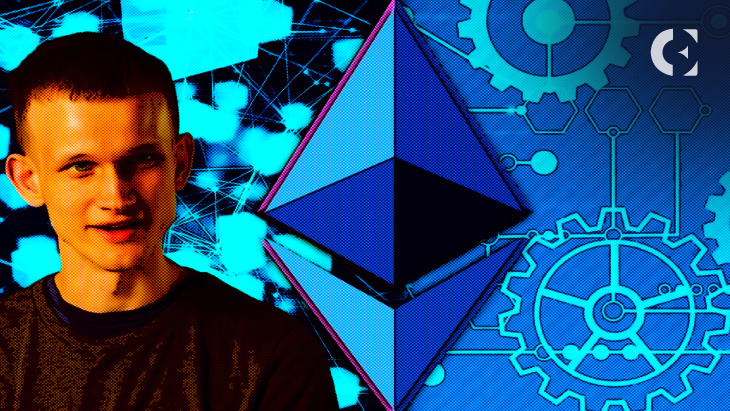- Vitalik stresses Ethereum alignment to prevent fragmentation in the decentralized ecosystem.
- Technological and economic alignment, like using ETH, are key to fostering cooperation.
- Collaborative ERC standards and open interoperability are crucial for ecosystem cohesion.
Vitalik Buterin, Ethereum’s co-founder, discussed a critical social challenge within the Ethereum ecosystem: balancing decentralization with cooperation among its many projects. He stressed the importance of a unified approach to prevent the ecosystem from breaking up into numerous incompatible entities.
Buterin took upon introducing the idea of Ethereum alignment to solve this problem. This alignment includes open-source development, minimizing centralization, and supporting public goods.
Technological alignment means adhering to ecosystem-wide standards, while economic alignment means to be using ETH as the native token where all feasible. In the past, the lack of a clear definition of alignment has been risky, with the potential for social layer capture, where alignment becomes synonymous with having the right connections rather than shared goals.
Buterin Proposes “Legible Alignment”
To address these challenges, Buterin proposed making Ethereum alignment more legible by breaking it down into specific properties that can be measured with clear metrics. He sees emerging platforms like L2beat evaluating how well individual projects meet these criteria.
This approach aims to shift competition from forming alliances to striving for alignment based on transparent and understandable standards. The Ethereum Foundation may support such initiatives by funding platforms like L2beat while remaining detached from direct oversight, ensuring the process remains open and permissionless.
Community Reactions and Standards
Ross, a key influencer within the Ethereum community, responded to Vitalik’s proposal by asking about the potential for ERC (Ethereum Request for Comments) standards to become isolated fiefdoms.
He said the growing number of ERCs, each with its own standards like ERC-20 and ERC-1271, can lead to fragmentation, making the alignment process more difficult. Ross emphasized the importance of open standards and interoperability, suggesting that new ERCs should be developed collaboratively to keep the ecosystem cohesive.
Read also: Cardano’s Hoskinson: ERC-20, Ethereum’s Greatest Technical Feat
Buterin agreed with Ross’s concerns and suggested a rule of thumb for developing new ERCs: involve multiple teams from the outset. He pointed to the successful collaboration on ERC-7683 by teams such as @hal2001 and Uniswap as an example of effective standardization.
Ross said he prefers economic alignment, believing it is a foundational aspect that could make other types of alignment easier. He wants economic factors to drive cooperation and standard adoption, making it easier to achieve across various projects.
Disclaimer: The information presented in this article is for informational and educational purposes only. The article does not constitute financial advice or advice of any kind. Coin Edition is not responsible for any losses incurred as a result of the utilization of content, products, or services mentioned. Readers are advised to exercise caution before taking any action related to the company.







